ASTM D4776 Test Fixture
ASTM D4776 covers the measurement of adhesion of reinforcing cords that are bonded to rubber compounds.
Please Contact With Us For More Information
- Description
- Reviews (0)
- TECHNICAL SPECIFICATIONS
Description
ASTM D4776 – Standard Test Method for Adhesion of Tire Cords and Other Reinforcing Cords to Rubber Compounds by H-Test Procedure
ASTM D4776 covers the measurement of adhesion of reinforcing cords that are bonded to rubber compounds.
This test method is applicable to textile cord structures from both natural and manmade fibers, other than steel.
For adhesion testing of steel tire cords, refer to Test Method ASTM D2229.
This test method is primarily used to evaluate tire cords, using a suitable tire cord adhesive and a suitable rubber compound.
This test method is also used to evaluate
(1) tire cord adhesives,
(2) the process of adhesive reaction on the cord using one consistent form of tire cord and one consistent rubber compound.
This test method may be used to evaluate cords in industrial hose and belting products and other cord reinforced rubber products.
ASTM D4776 / Significance and Use
Test Method ASTM D4776 for the determination of the H-test adhesion of reinforcing cords to rubber compounds may be used for the acceptance testing of
commercial shipments of reinforcing cords but caution is advised since information about between-laboratory precision is incomplete
This test method is used to measure the force required to extract the cord from a rubber compound test block.
This test method is designed to test the adhesion of textiles that are bonded to rubber compounds.
Variables that may contribute to differences in results of this test method include adhesive type, adhesive application procedure, adhesive cure, fiber type,
construction of cords, rubber type, rubber cure, and rubber thickness.
The deleterious effect of ozone in combination with atmospheric moisture on the ability of adhesives to bond with rubber requires assiduous protection of
cords prior to embedment.
The expected range of values which characterize acceptable adhesion can be determined in any cord-rubber combination with experience.
For this reason, the purchaser normally establishes a minimum level of adhesion to be obtained by the supplier in either the supplier’s laboratory or the purchaser’s
laboratory using either the supplier’s standard rubber compound or the purchaser’s rubber compound.
Another procedure for testing adhesion of cords to rubber compounds is Test Methods ASTM D4393 .
This procedure has been used extensively in the trade for acceptance testing.
Results obtained by this method cannot be used interchangeably since there is no overall correlation between them.
ASTM D4776 / Apparatus and Materials
Tensile Testing Machine—Although a constant-rate-ofextension (CRE) tensile testing machine is preferred, a constant-rate-of-traverse (CRT type,
pendulum type) may be used.
The specification and methods of calibration and verification of these machines shall conform to Specification ASTM D76.
The testing machine shall be equipped with an autographic recorder (rectilinear coordinates preferred) or an interface computer.
There is a distinct difference between the CRE and CRT type testing machines.
Consequently, they cannot be used interchangeably unless a mathematical correlation has been established and agreed upon by the purchaser and supplier.
Specimen Grips— Two grips are required.
Tensioning Masses—The masses may be of the hook type, or designed in such a manner that they can be clamped to the cord.
In any event, the total mass shall be 50 g.
ASTM D4776 / Summary of Test Method
A cord specimen is sandwiched between two layers of rubber compound test stock in a form resembling an “H,” placed in a heated mold, and cured at a specified
temperature and pressure.
The test specimen sandwich is then cut to create an H-test specimen consisting of a single cord with each end embedded in the center of a tab end of the rubber
test block .
The test specimen is placed in the grips of the tensile tester, and then the grips are separated.
The maximum force obtained is the H-test adhesion force.
*** Before conducting ASTM D4776 , it is important to read the entire specification. Standards can be obtained from appropriate standard authorities.
***PARSROS offers several types of grips and fixtures which will enable you to perform a variety of tests
that are accurate and repeatable.
Please Contact with our engineers so that we can find and offer Best Universal Tensile Test Machines , Grips , Jaws and Other Accessories for your operations


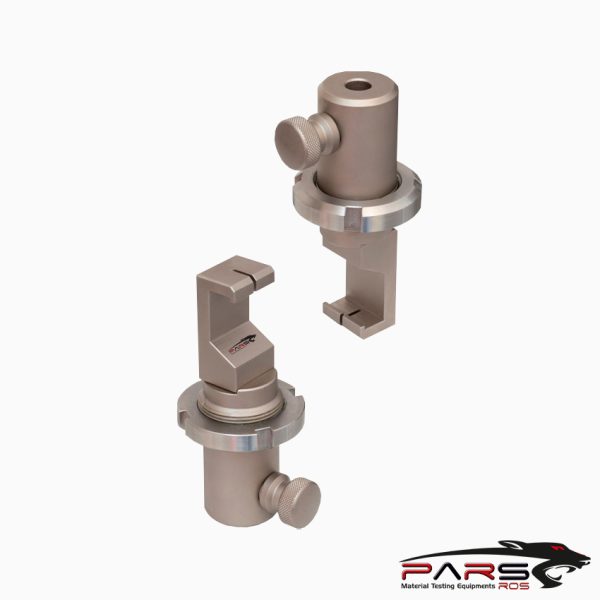


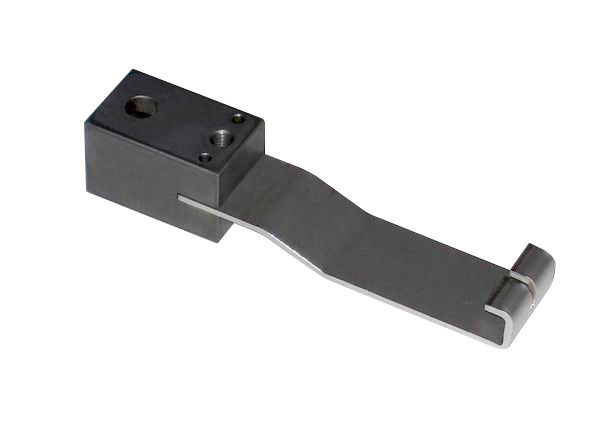

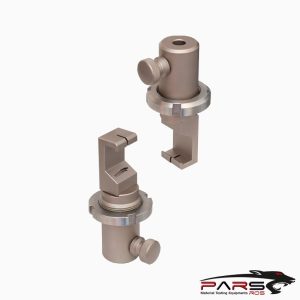


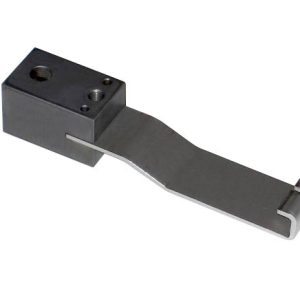

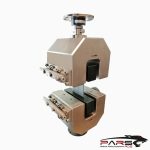




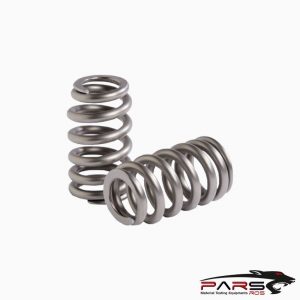



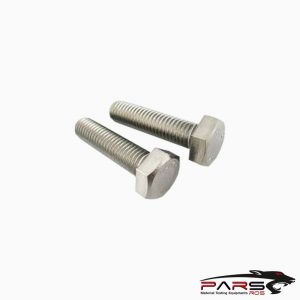



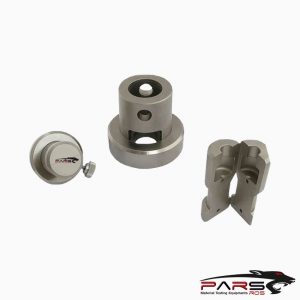

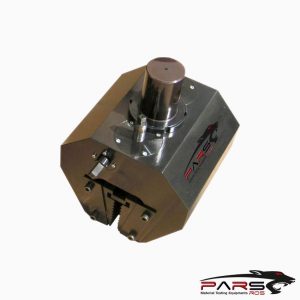

Leave a Reply
You must be logged in to post a comment.